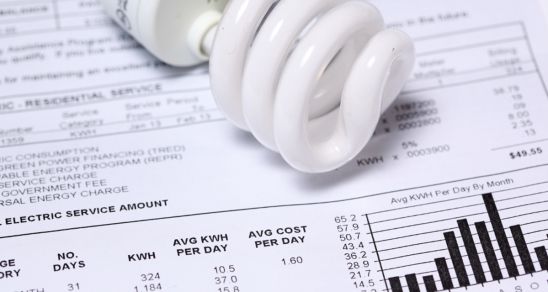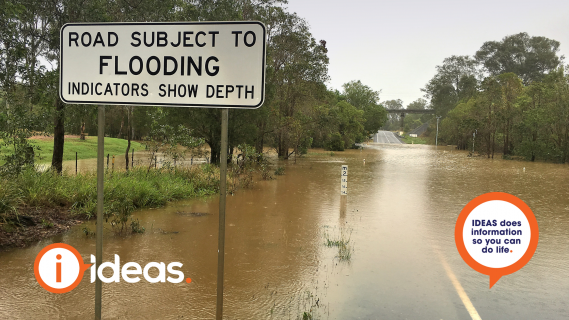If you are one of the 2.7 million Australians with asthma, have other respiratory problems or even suffer from seasonal hayfever, then Spring thunderstorm season can be a real cause for concern.
Thunderstorm Asthma events are thought to be triggered by a combination of high grass pollen levels and thunderstorms. Some pollens can swell and burst. They then release tiny particles concentrated in the wind before the thunderstorm. The particles are so small they are breathed into the lungs. These tiny particles get deep into the airways and can trigger asthma symptoms.
Thunderstorm Asthma can occur in the windy period before a storm develops.
The DHHS suggests a greater risk of an Epidemic Thunderstorm Asthma event occurring this year. This is due to a wet spring promoting grass growth.
The risk of thunderstorm asthma is highest in adults who are sensitive to grass pollens and have hayfever (with or without a history of asthma).
Thunderstorm asthma is serious. In 2016, Melbourne experienced one of the worst Thunderstorm Asthma events on record, resulting in the deaths of a dozen people.
Symptoms
If you have thunderstorm asthma, a thunderstorm might trigger one or more of these symptoms:
- shortness of breath
- tightness in your chest
- wheezing when you breathe
- persistent coughing
The symptoms of thunderstorm asthma can get worse very quickly. If breathing becomes difficult, seek treatment immediately.
Remember, in the case of an emergency, call Triple Zero (000) for an ambulance. Say it is an Asthma emergency.
Planning
- It is a good idea to make an appointment with your doctor to review your asthma and allergy management plans each season.
- Take your preventative medication regularly and always carry your reliever with you.
- Asthma Australia is the peak body for asthmatics in Australia. Asthma Australia has developed apps to assist people with asthma and their carers. Learn more here.
- Registering for local alerts can help you prepare for a thunderstorm asthma event.

Information for your state and Territory
ACT
Canberra Pollen Count has daily grass pollen counts and forecasts in spring and summer.
Also available for the ACT, you can download AirRater or Auspollen.
NSW
Riverina
Wagga Wagga and the wider Riverina district are prone to spring-time thunderstorm-triggered asthma events. This is related to elevated levels of airborne grass-pollens from crops across the Riverina and pending thunderstorm activity.
Charles Sturt University and the Wagga Asthma and Collaborative of Health Professionals, have established an SMS text message and email notifications system. You can register for alerts on high-risk days for thunderstorm-triggered asthma. You can learn more about the CSU Asthma Register here.
To sign up for Wagga Wagga and Riverina district asthma alerts:
- Text or SMS the word "asthma" to 0417 115 876 to receive text message alerts on your mobile device.
- Or email the word "asthma" (in the subject line or email body) to This email address is being protected from spambots. You need JavaScript enabled to view it. to receive email notifications.
Sydney
You can download the Sydney pollen count and forecast app
For Sydney, download the AusPollen app. Select your local pollen station and then scroll to the bottom of the page for links to the Apple or Google Play app stores.
Queensland
For Queensland, download the AusPollen app. Select your local pollen station and then scroll to the bottom of the page for links to the Apple or Google Play app stores.
South Australia
For Adelaide, download the AusPollen app. Select your local pollen station and then scroll to the bottom of the page for links to the Apple or Google Play app stores.
Tasmania
For Tasmania, download the AirRater app.
For Tasmania, you can also download the AusPollen app. Select your local pollen station and then scroll to the bottom of the page for links to the Apple or Google Play app stores.
Victoria
Health.vic has maps of risk forecasts each day.
Epidemic thunderstorm asthma forecasts will be available throughout the Victorian grass pollen season on the VicEmergency website and app. To check the forecast, visit emergency.vic.gov.au/prepare.
Melbourne Pollen Count and Forecast – You can also check for Alerts on Vic Emergency.
Also download the AusPollen app. Select your local pollen station and then scroll to the bottom of the page for links to the Apple or Google Play app stores.
Remember, in the case of an emergency, call Triple Zero (000) for an ambulance. Say it is an Asthma emergency.































